Specifications for temperature controllers
- The 1/32 DIN size (W48mm H24mm)
- Auto-tune and overshoot inhibition are included in the control modes.
- Relay 250V 2A for heating, cooling, or alarming.
- 9V 18mA DC for heating or cooling. • Logic:
- Cycle times range from 0.2 to 100 seconds. Time-proportioning
- J K T L N Platinel II R S B C thermocouple inputs
- DIN Pt 100 2-wire RTD inputs are supported.
- Input mV range: -12 to 80mV;
- 4 – 20 mA linear mA inputs
- Display Ranges: -999 to 9999: 2 decimal places for linear inputs.
- 0C or 0F: Temperature sensors can be used with a whole range of temperatures.
- Input Offset: User-adjustable over the whole range of input.
- Interval between 1.0 and 99.9 seconds for input filter
- Power source: ac 2.5W 85-264V 48-62 Hz
- Setting the high and low limits can be done within a range that includes the whole input range.
- A point rate of 0.01 to 99.99 o/min or units/min can be set as a restriction.
- Single 4-digit green LEDs 10mm high are used for the display.
Incorporating Temperature Control Devices into Your Facility
There are many instances in laboratories when things are either heated or cooled to the desired state. As a result, the atmosphere must remain at a certain temperature, regardless of the surrounding environment.
In terms of temperature management, open loop and closed loop systems are essential. Open loop is the simplest design since it continuously heats or cools no matter what the actual output temperature is. In contrast, the output temperature is continuously monitored and changed in a closed loop application in order to maintain a constant output at the selected temperature.
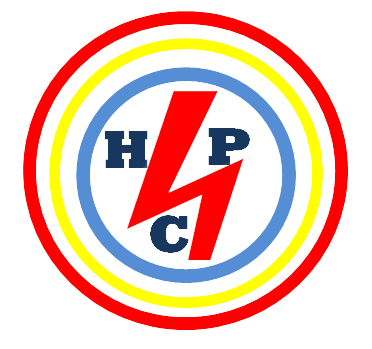
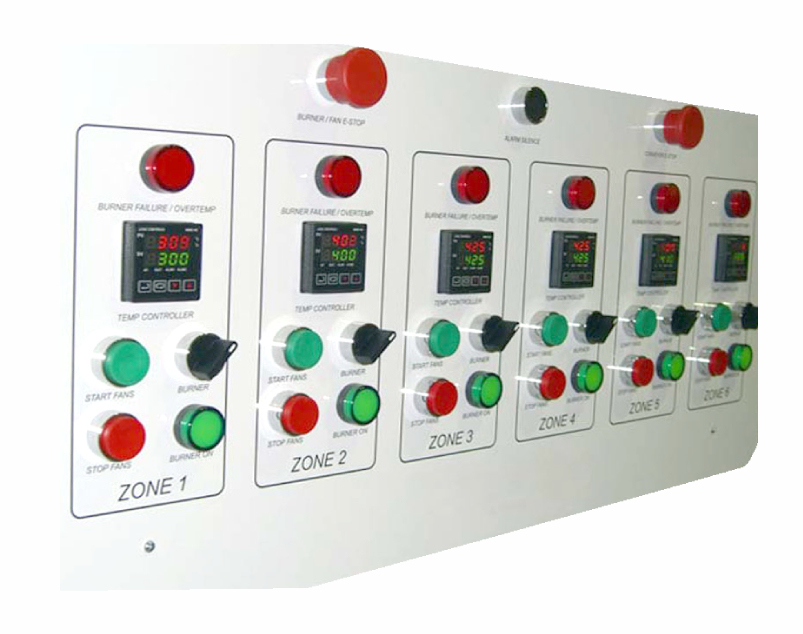
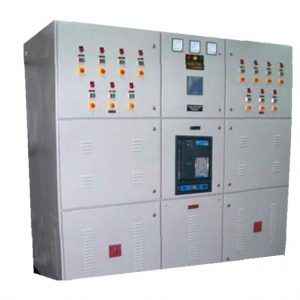
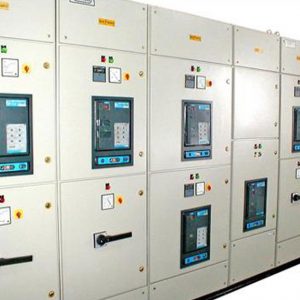
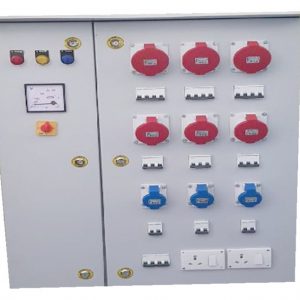
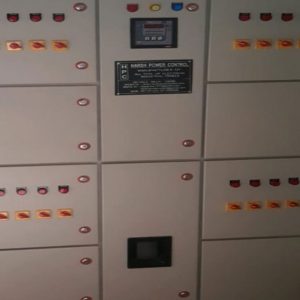
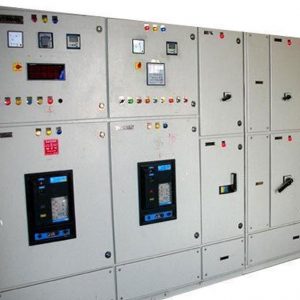
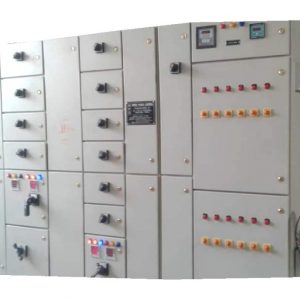
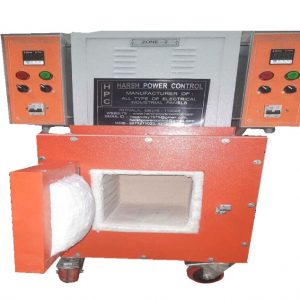
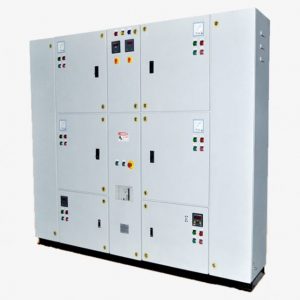
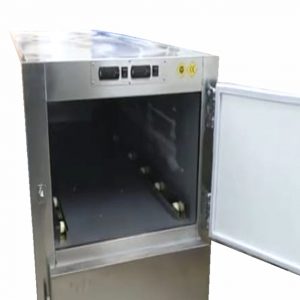
Reviews
There are no reviews yet.